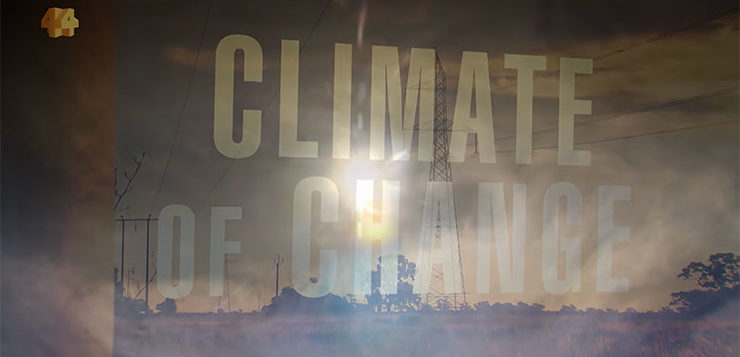DON’T MISS ANYTHING! ONE CLICK TO GET NEW MATILDA DELIVERED DIRECT TO YOUR INBOX, FREE!
4 Corners’ feature on tackling climate change last week was welcome, writes Geoff Russell, but the conversation needs to keep going, and expanding.
ABC’s 4-Corners has weighed in again on the climate. Journalist Stephanie March and the team did a pretty good effort, but still left plenty of stones unturned. Which is hardly surprising in a topic that the IPCC typically covers in reports ranging from hundreds to thousands of pages.
Here’s a few of the largest unturned boulders.
Scaling up EV bus and battery production
Shane Rattenbury talking about the trial of electric buses remarked: “… no-one’s making lots of them in this part of the world”. I guess that’s true, but globally the market in electric buses is booming and it’s not hard to see why they make such good sense.
A Tesla model S uses an 85 kWh battery and usually carries a single person. A typical urban transit bus only needs a battery about 3-4 times bigger to carry 40-60 people (depending on the packing density). The battery will power a bus across either of the morning or afternoon peaks and you can recharge in the middle of the day.
I’ve written before about the battery bottleneck, but it’s worth updating the numbers because they are getting worse daily.
Global car and light vehicle sales hit 90 million per annum in 2017, up from 88 million in 2016. That’s a 2 million vehicle per year increase. What’s the global car battery production capacity? Currently the total Li-ion battery production capacity is about 221 gigawatt hours, enough for 2.6 million car batteries, which would be enough to cover the annual increment if people would stop wasting them by putting them in houses or using them somewhat sub-optimally to smooth the renewable intermittency screwing with grids in many countries.
In contrast, that 221 gigawatt hours of battery capacity would easily be enough to power the entire global annual production of new buses. Electric buses should be a priority. Make them free and make them clean. But instead our politicians are apt to favour projects which give them votes and photo ops; our broken political system has become the enemy of rational decision making.
Batteries are one of the few viable ways of eliminating transport emissions, so wasting them on systems which are simple to clean up should be criminal. For example if all of the world’s 1,860 cities with more than 300,000 people had a battery the size of Adelaide’s 100MWh “big” battery, then that’s almost one year’s worth of Li-ion battery output gone, all for the sake of 1,860 photo opportunities for media hungry politicians.
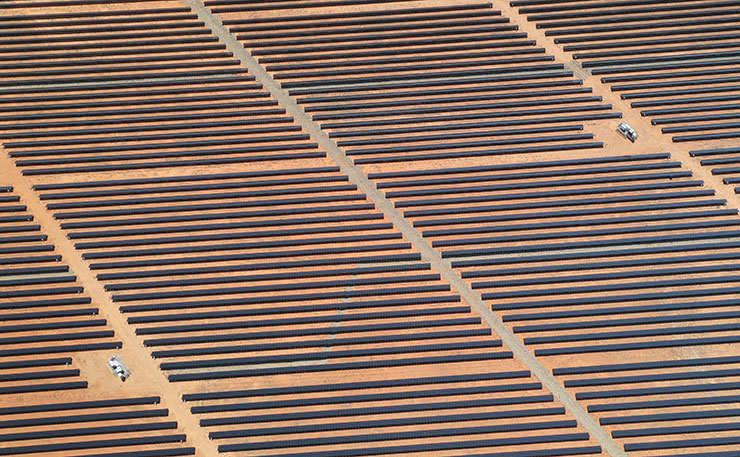
Li-ion battery capacity is expected to take another decade to hit 1 terawatt hours per annum. Assuming none of this capacity is wasted on house or grid batteries, there will then be enough for about 12 million Tesla vehicle batteries. Which means that each year we will only be stuck with about 80 million additionalpetrol vehicles on the roads.
Working back from the batteries to the mines and the potential bottlenecks multiply. I’d love to see 4-Corners tackle that topic!
Scaling up general mining
March was keen to drive home the point about the climate problem being much bigger than just renewable electricity, but largely missed the entire industrial scaling problem, despite it coming up multiple times.
I’ve mentioned batteries, but that’s just the beginning. Early on in the program a Neoen staffer tells March that the panels in his (small) solar farm would stretch 11 hundred kilometres if placed end to end. Her response was “So it’s huge?”. Well … no … not if you are thinking about the output!
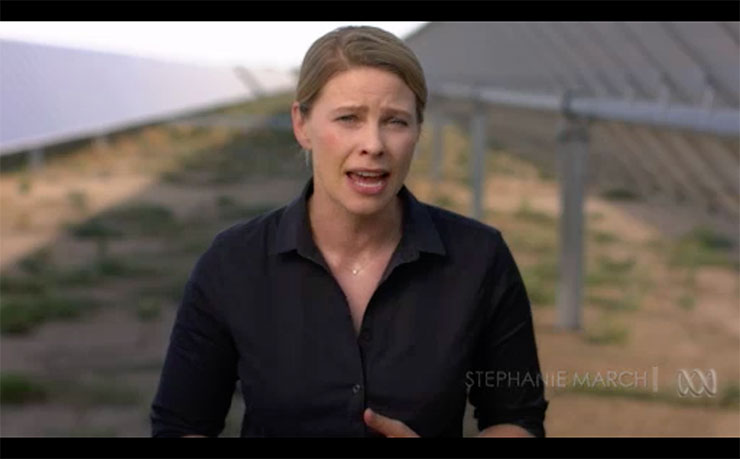
It’s output is small at best and zero at night; it’s only the habitat loss and industrial resource input that is huge.
A more appropriate response would have been, “So much mining, such a vast tonnage of material and manufacturing; and all for so little power!”.
You’d need to build 28 of these “little” solar farms to match the annual output of a South Korean APR1400 nuclear plant and your end-to-end line of panels would stretch 30,000 kms. And what about wind power? Here’s a nice image that gives you some inkling of the relative habitat, mining and industrial requirements.
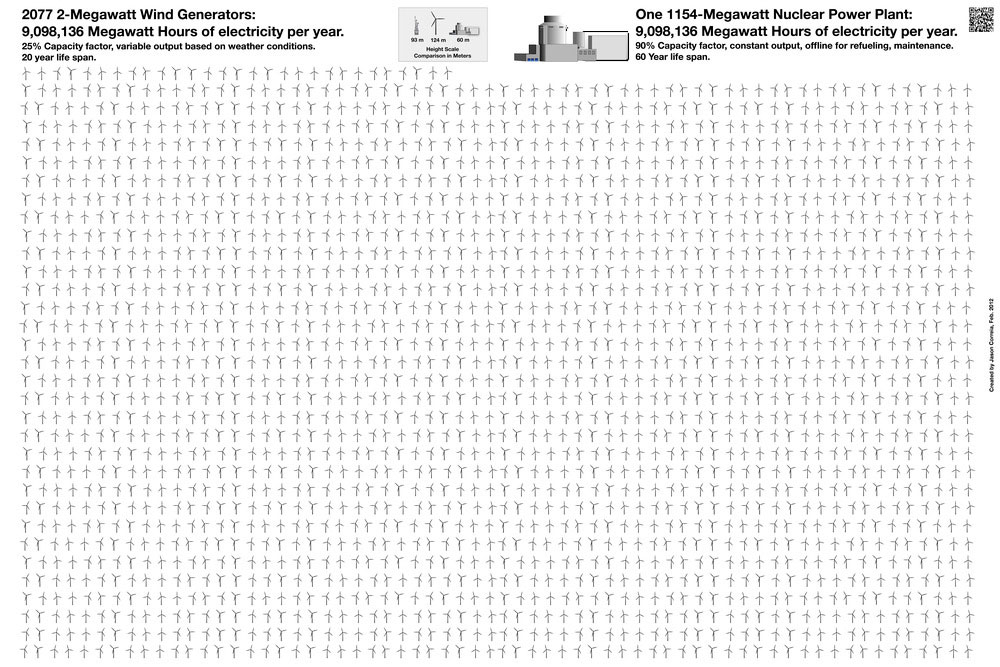
Scaling up the grid
When talking about the difficulties of connecting all these little power systems to the grid, March missed the opportunity to ask by how much the grid would need to grow to service them all.
I keep hearing people waxing about renewables and how they can enable people to go “off-grid”. The reality is the opposite. Renewables need a much bigger grid; precisely because the sources of electricity are spread over a much bigger area. Hence the glee of BHP and all the other mining companies digging up stuff to build not just the grid but all the other required bits and pieces.
Have a look at this nice little graphic on the material requirements of wind farms compared to the only rational clean energy alternative.
And then there’s cow’s and accounting tricks
It was great to see Mark Butler decry the use of accounting tricks to mislead people about progress on stabilising the climate. I couldn’t agree more, but March missed the cattle industry’s accounting trick as well as being suckered by yet another methane reduction technology.
Long standing New Matilda readers may remember that the methane figures reported in our national greenhouse inventories as CO2-equivalantsare misleading by a factor of about four. Over the next 20 years, a tonne of methane released today has 105 times the warming impact of a tonne of CO2, but the CO2-eq factor used in our inventory is just 25.
All the climate scientists understand what’s happening, and yet they don’t use a factor of 25 in their models. That would be scientific fraud, but that fraudulent factor continues to be used around the world and misleads not just the general public and politicians, but each and every generation of journalists who come up through the ranks and spend a few years reporting on the climate before moving on.
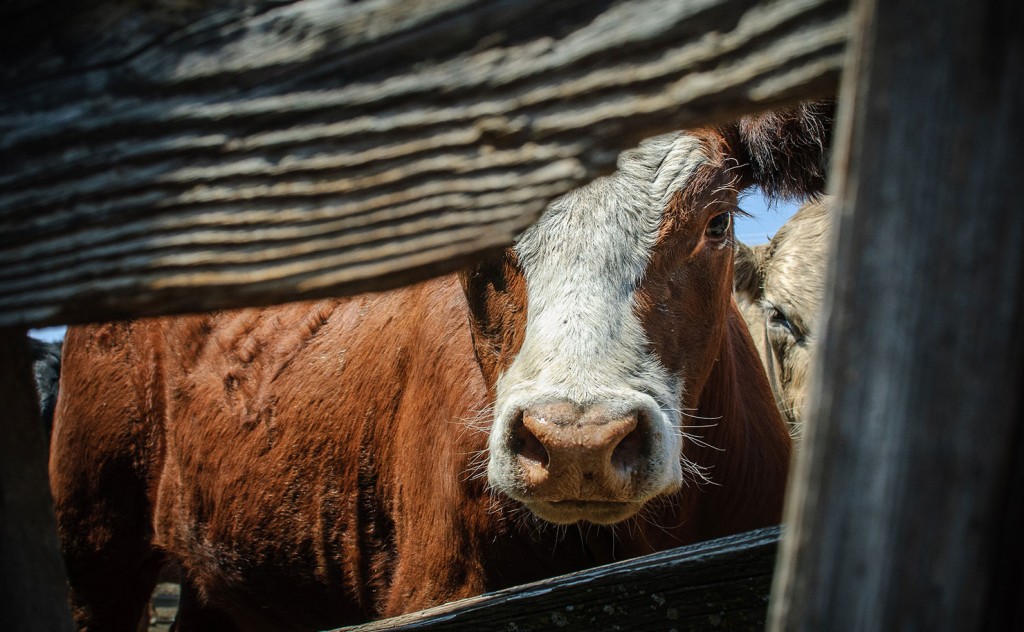
Can you reduce the methane output of cattle? Of course. Methods of methane reduction go back almost 40 years. Here’s a statement from a 1982 research paper:
The most potent compound inhibited methane production by 70% or more at a concentration of 1 microgram/ml (approximately 2.5 mumol/l).
But research results and real-world applications are chalk and cheese. Research thrives on new stuff, that’s where the fun is. The hard, tedious work of commercialisation is dull and researchers soon lose interest. Especially if part of the job is persuading farmers to spend money on new stuff that won’t make them more money.
But there are at least two more important reasons why this research is a total waste of scarce agricultural brain power and funding. Why bother half fixing a product which will still cause bowel cancer?
The second reason is again because of the climate. We can’t reduce climate forcings to a reasonable level without massive global reforestation. This isn’t an optionalpart of reducing emissions, it’s essential. So we have to slash our cancer causing red meat industries anyway. It doesn’t matter how much methane the animals produce we need to replace them with trees to draw down carbon.
And then there’s slaughterhouses. That’s reason number three and it applies to all animal industries.
DON’T MISS ANYTHING! ONE CLICK TO GET NEW MATILDA DELIVERED DIRECT TO YOUR INBOX, FREE!
Donate To New Matilda
New Matilda is a small, independent media outlet. We survive through reader contributions, and never losing a lawsuit. If you got something from this article, giving something back helps us to continue speaking truth to power. Every little bit counts.

